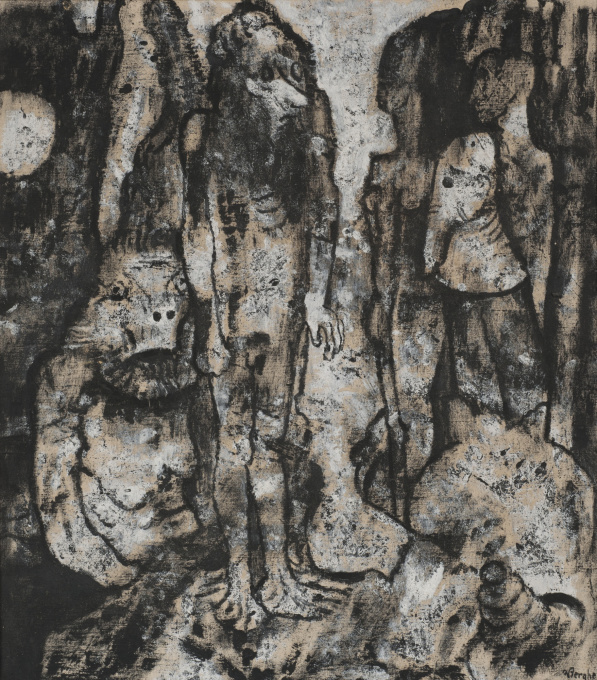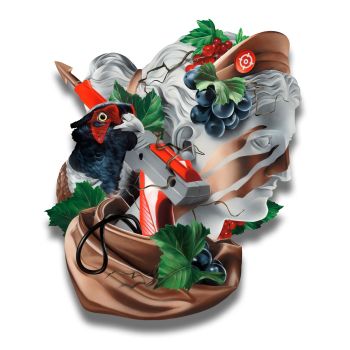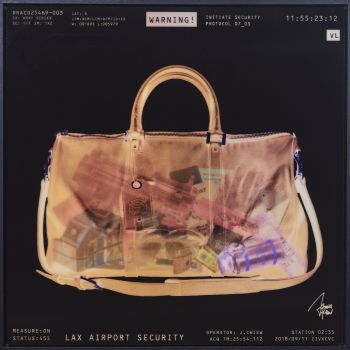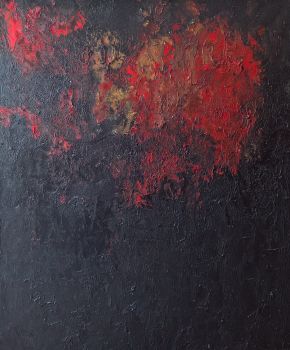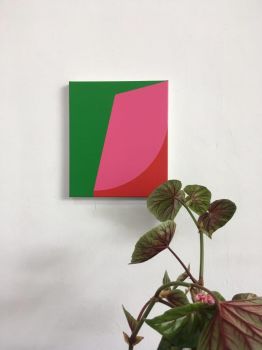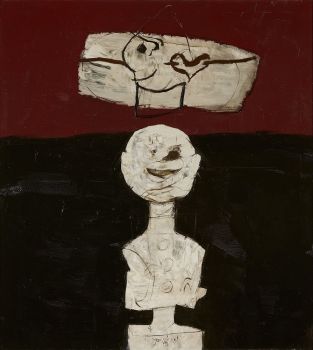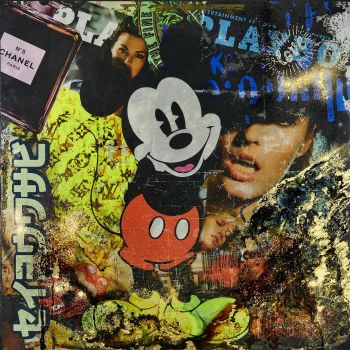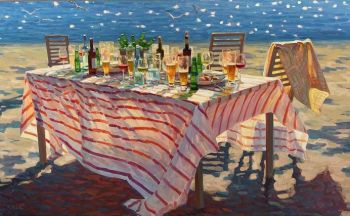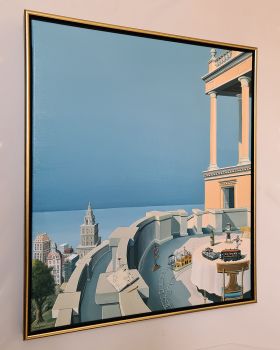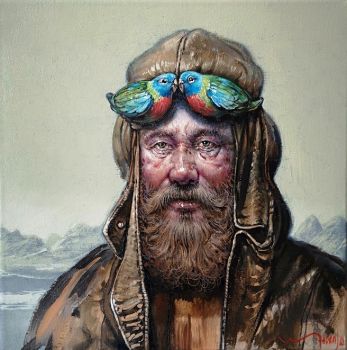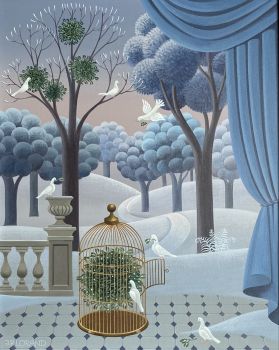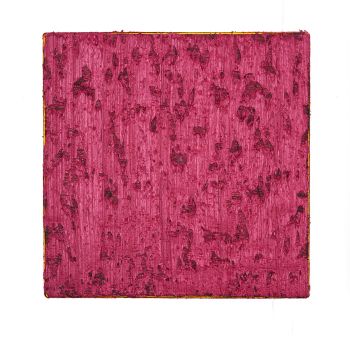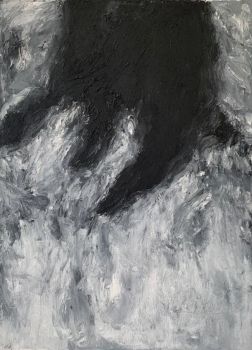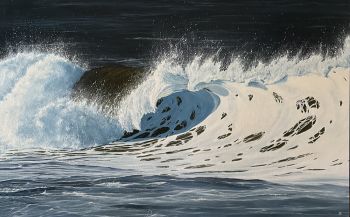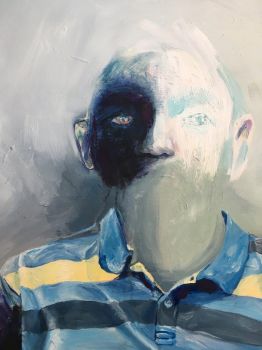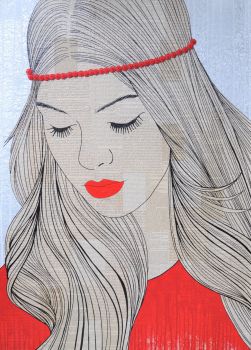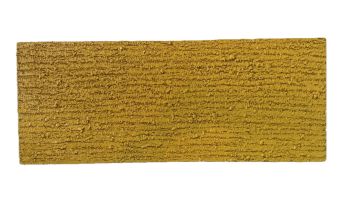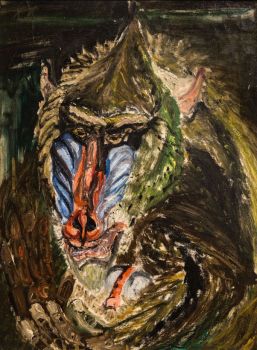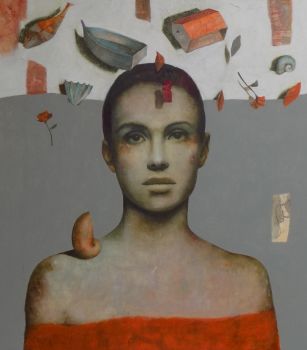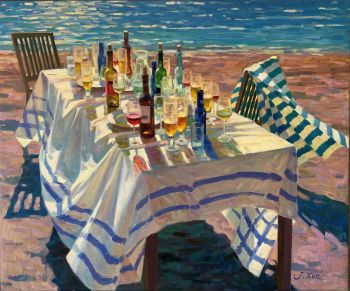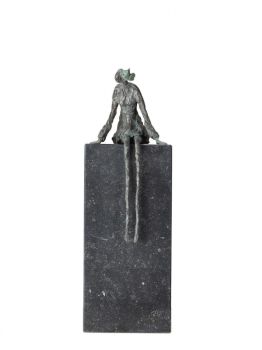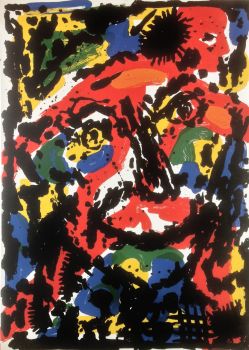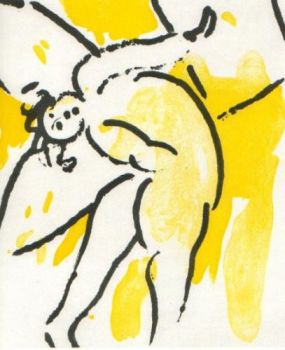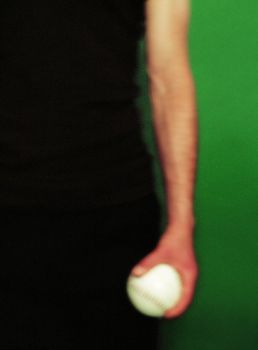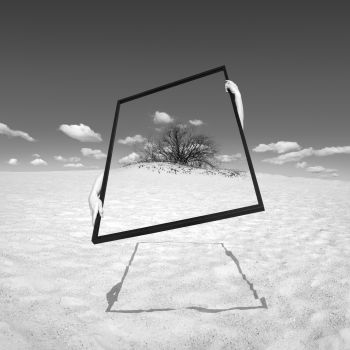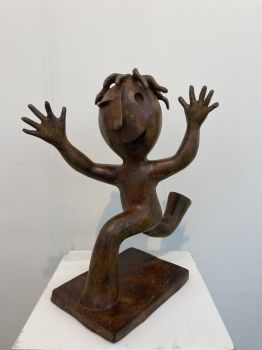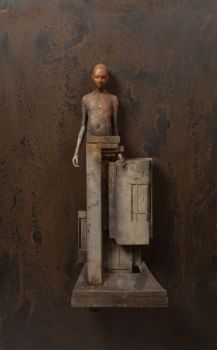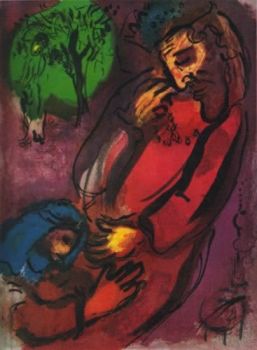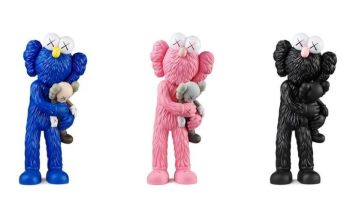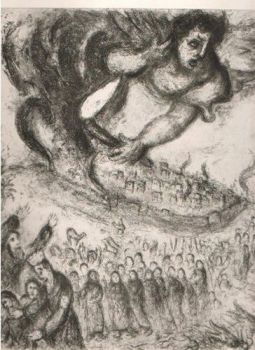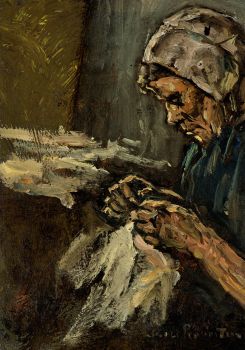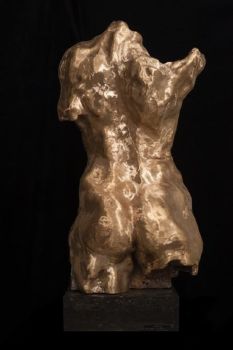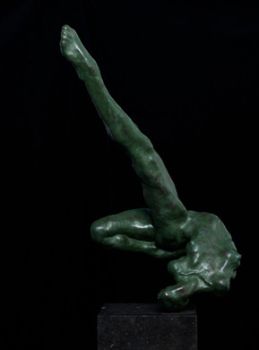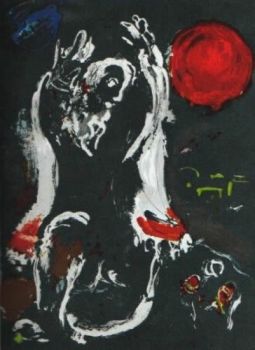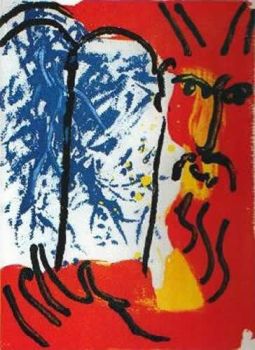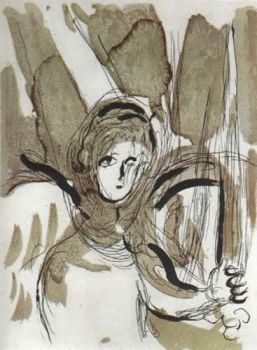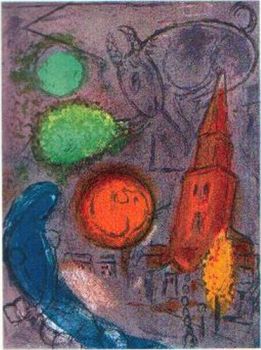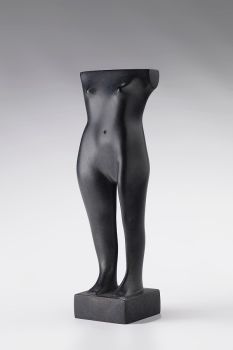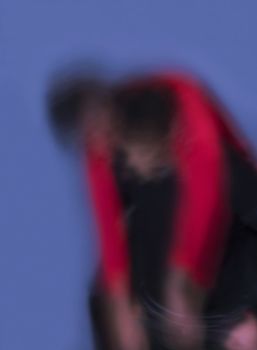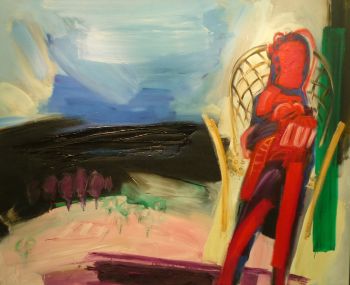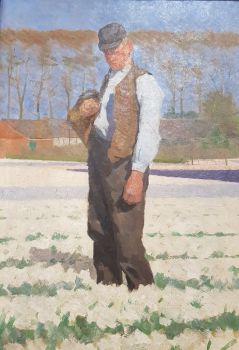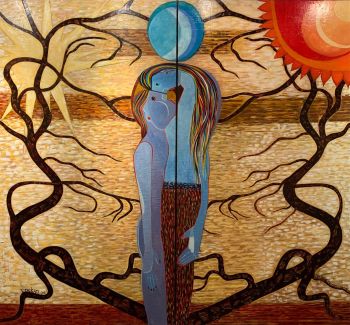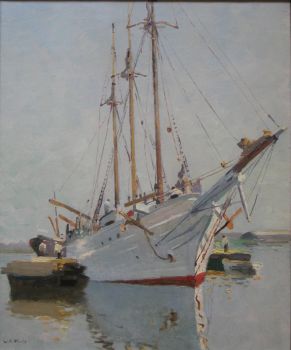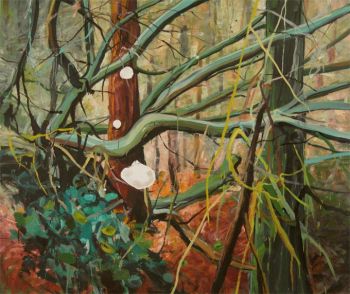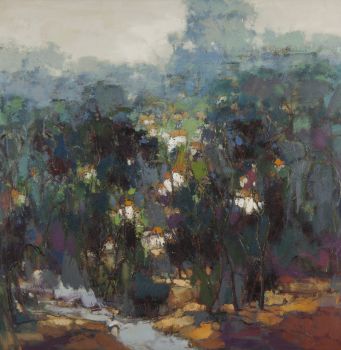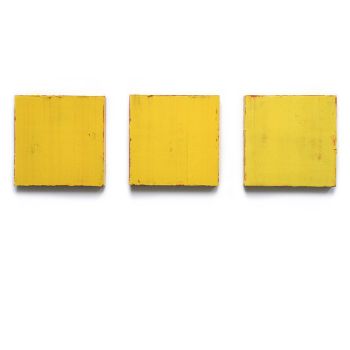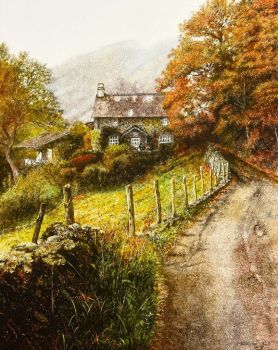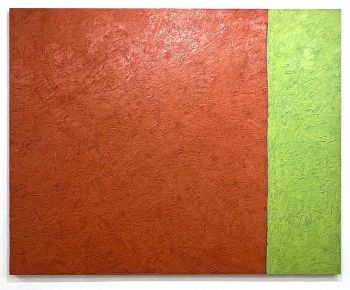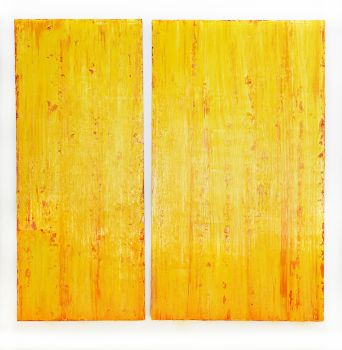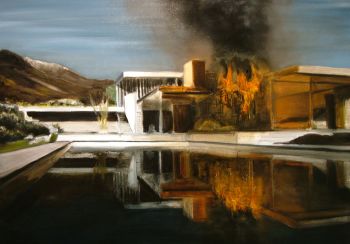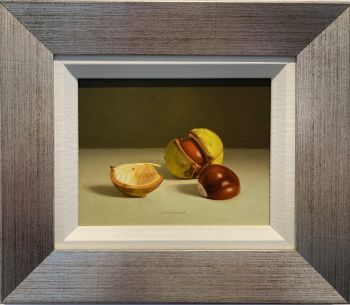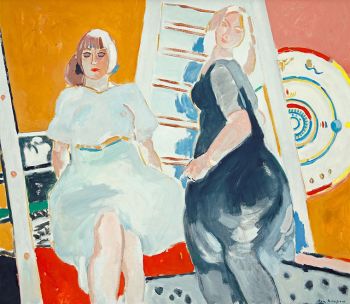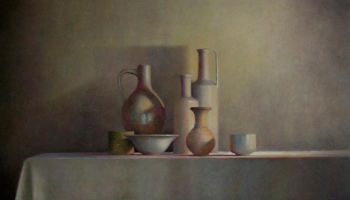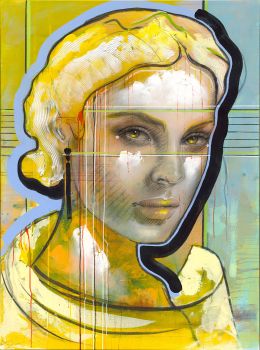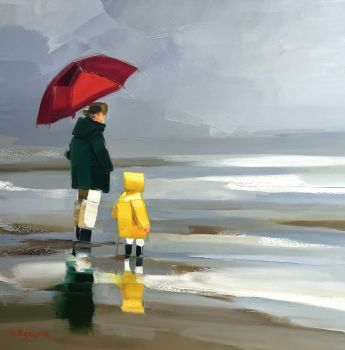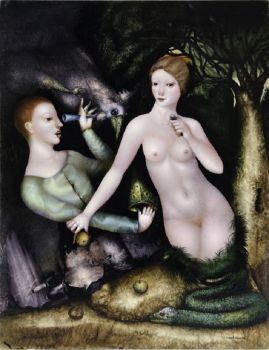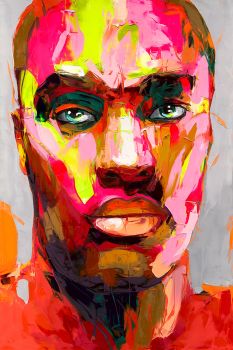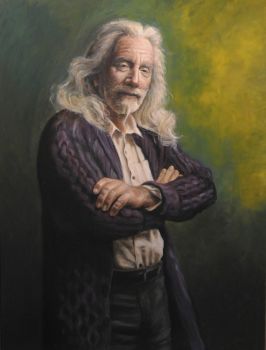La Peur 1930
Frits Van Den Berghe
ToilePeinture à l'huilePeindre
53 ⨯ 47 cm
ConditionExcellent
Actuellement indisponible via Gallerease
- Sur l'oeuvre d'artOil on canvas
53,98 x 47,94 cm.
Signed: lower right ‘FvBerghe’
Provenance: Galerie Le Centaure, Brussels; Dr. S. Simon Muller, Brussels 1932; Auct. Sotheby’s. Paris, 24 March 2017, lot no. 28; Private collection, Belgium.
Literature: Piet Boyens, Frits van den Berghe 1883-1939, Antwerp 1999, no. 680, p.450, ill., as: De Angst.; Emile Langui, Frits Van den Berghe, 1883-1939: catalogue raisonné de son oeuvre peint, Brussels 1966, no. 362, ill., as: La Peur (De Angst).
Frits van den Bergh was the first Flemish expressionist, experimenting different styles. Initially he worked impressionistic, a style he found suitable to express his soul. The subconscious truly fascinated the Belgian artist, therefore Surrealistic elements entered his artworks. Caused by the political and social recession of the 1920s and 1930s, as well as the mental condition of Van den Berghe, subjects such as threat, desolation and fear became more leading in his work. These themes correspond perfectly to the expressionistic style he adopted. Marked by Impressionism, Expressionism and Surrealism, he tries to free himself from the dominant currents by turning to the world of the unconscious and the metaphor. Every image inspired by the real world often seems to move away from it. Around 1927 Van den Berghe choosed the way of surrealism. His manner of painting changed and the subjects became frightening dreams, in which eccentric figures float or fall. La Peur (1930) is an example of his late period in which he was influenced by the First World War and the economic crisis. He painted in tender ochres to dark earth tones, suggested dream images and grotesque hallucinations. With La Peur Van den Berghe put a face on the emotion fear. To him these monstrous figures are an embodiment of the power of the subconscious. Inspired by Max Ernst he found his solution for the processing of his expressionistic painting trend and his own poetic, dramatic and emotional moods. There are erratic figures and surfaces on the canvas that let us know Van den Berghe in all its capriciousness and bizarreness. - Sur l'artisteFrits van den Berghe était un peintre, dessinateur et graveur flamand de Gand. Van den Berghe a travaillé dans une grande variété de styles, passant de l'impressionnisme à l'expressionnisme et finalement au surréalisme fantastique. Avec Albert Servaes, Constant Permeke et Gustaaf de Smet, Van den Berghe est considéré comme l'un des cofondateurs du groupe Latem Expressionnisme. Parmi les autres sociétés d'art dans lesquelles il était actif, citons L'Art Vivant, Sélection et Les Compagnons de l'Art. Il a enseigné à l'Académie des Arts de Gand, où il a également étudié. De retour de New York en 1914, Frits s'inspire du fauvisme et de l'expressionnisme allemand de Jan Sluijter. Pendant la première guerre mondiale, son expressionnisme s'est épanoui. En 1928, Van den Berghe a commencé à faire des dessins animés pour le magazine socialiste «Vooruit», où il restera jusqu'à sa mort. Entre-temps, le style de Van den Berghe avait évolué de l'expressionnisme vers le surréalisme fantastique, représentant des cauchemars, des rêves et des hallucinations dans une palette de couleurs forte, clairement influencée par le surréaliste allemand Max Ernst. Il a dépeint l'être humain comme étant généralement obsédé et craintif. Les influences de plusieurs artistes importants tels que Max Ernst, Egon Schiele, Giorgio de Chirico, Edvard Munch et Leo Gestel sont reconnaissables dans son travail.
Related artworks
- 1 - 4 / 24
- 1 - 4 / 24
- 1 - 4 / 24

